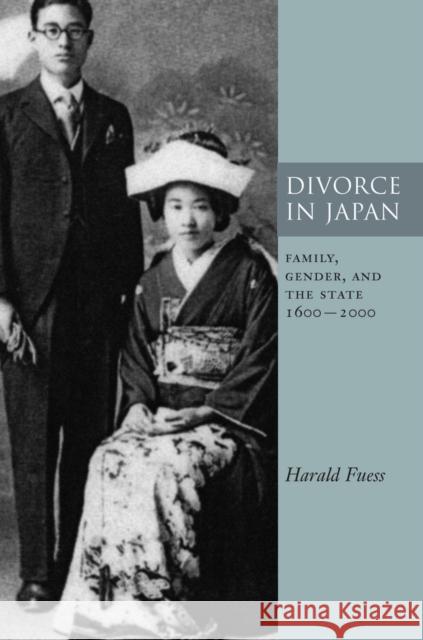Divorce in Japan: Family, Gender, and the State, 1600-2000 » książka
Divorce in Japan: Family, Gender, and the State, 1600-2000
ISBN-13: 9780804743570 / Angielski / Twarda / 2004 / 248 str.
Historians have paid little attention to divorce in Japan, even though until the mid-twentieth century Japan had one of the highest divorce rates in the world. This book shows that the high prevalence of divorce was made possible by a regulatory framework condoning consensual divorce. Spouses and their families were usually free to negotiate dissolution with little interference from public authorities. Only in the rare cases of intractable conflict did parties seek legal adjudication, a situation that holds true to this day. Despite the institutional and ideological continuities over four centuries, the perception and practice of divorce have been transformed in adapting to new social roles for men and women, changing views of marriage and parenting, and changes in intergenerational relations. Married couples across all social groups have more control over initiating and terminating their marriage than ever before. Wives now have the same legal rights to sue for divorce as their husbands. The author shows, however, that not all changes have been to the women's advantage, nor were traditional practices as detrimental to women as is often assumed.











